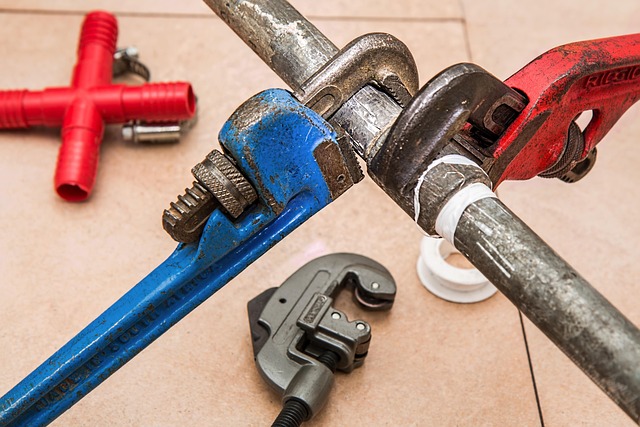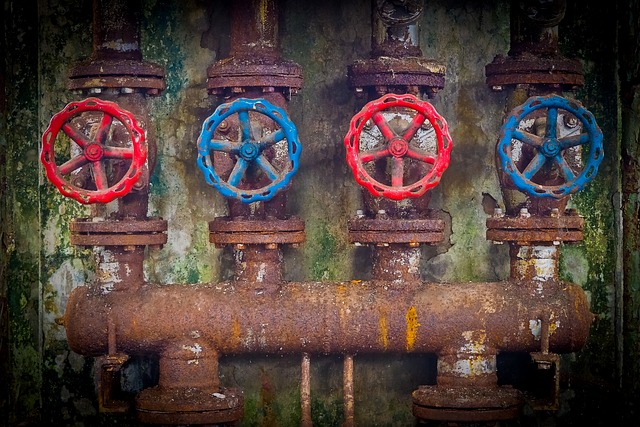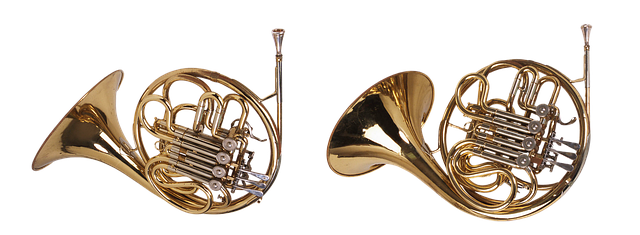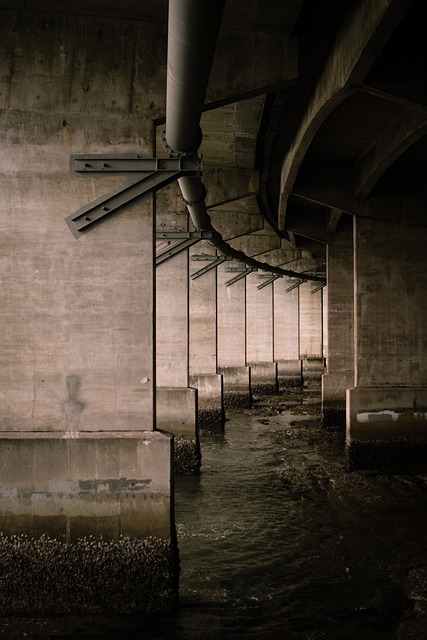Recognizing signs of pipe leaks early is key to preventing significant property damage. Look for obvious indicators like drips or flooding, and subtle signs such as unusual noises, persistent dampness, and musty odors. Pay attention to dark, hard-to-reach spaces and bubbling/peeling paint near pipes. Implement regular Pipe Leak Detection Tips, including listening for noises, checking moisture/mold, using a moisture meter, conducting visual inspections, and monitoring water bills. For advanced detection, consider leak-sensing systems or dogs. Act swiftly on suspected leaks: turn off the main water supply, assess damage, and perform DIY repairs if contained; otherwise, call a professional plumber immediately to minimize water damage and restore service.
Spotting a hidden pipe leak early can prevent major damage. This comprehensive guide offers essential Pipe Leak Detection Tips. Learn to recognize subtle indicators like unusual noises, water stains, or declining water pressure. Explore effective tools and techniques for accurate detection, from basic visual inspections to advanced technology. Discover preventive measures and emergency response strategies to minimize disruption and keep your home safe.
- Understanding Pipe Leak Indicators
- Tools and Techniques for Detection
- Preventive Measures and Emergency Response
Understanding Pipe Leak Indicators

Recognizing the signs of a potential pipe leak is the first step in preventing significant damage to your property. While some leaks may be obvious, such as visible water drips or flooding, others can be more subtle and require keen observation. Common indicators include unusual noises coming from pipes, like banging or dripping sounds, which could suggest loose connections or internal wear and tear. Check for persistent dampness or musty odors in areas around pipes, especially in dark, hard-to-reach spaces, as these spots are often where leaks start.
Regularly inspect your water meter during off-peak hours to track any sudden changes in water usage, which could indicate a leak. Also, look for unexpected spikes in your water bills, as persistent leaks can go unnoticed but result in substantial waste and higher costs. Additionally, pay attention to paint or wallpaper that bubbles or peels, especially near pipes, as this may be a sign of moisture penetration due to a hidden leak.
Tools and Techniques for Detection

Early detection is key in preventing major water damage and costly repairs from a hidden pipe leak. Fortunately, there are several tools and techniques available to help homeowners identify leaks before they become emergencies. Start by listening for unusual noises like dripping or splashing sounds coming from your pipes. Check for signs of moisture or mold around walls, ceilings, and floors near pipes. Use a moisture meter to detect wet spots that could indicate a leak. Visual inspection is also crucial; examine visible pipes for any signs of corrosion, cracks, or bulges. Don’t overlook the soundness of your fixtures—faucets that drip or showerheads that sputter can be red flags. Additionally, regular visual checks on pipes under sinks and in basements can help catch leaks early.
For more advanced detection, consider investing in a leak-sensing system. These devices use technology to monitor water pressure and flow, alerting you instantly if a leak is detected. Some even send notifications to your smartphone. Pipe leak detection dogs are another innovative method, as these trained canines can sniff out leaks with remarkable accuracy. While professional services like these offer advanced solutions, basic visual and auditory checks remain an effective and free Pipe Leak Detection Tips for homeowners.
Preventive Measures and Emergency Response

Regular maintenance is key in preventing pipe leaks. Start by scheduling periodic inspections, especially in areas prone to freezing or heavy water usage. These checks can include visual examinations for signs of corrosion, cracks, or moisture accumulation around pipes and fixtures. Using Pipe Leak Detection Tips such as listening for unusual noises, like dripping or hissing, and checking for sudden spikes in water bills can also help identify potential issues early on.
In the event of a suspected leak, act swiftly. Turn off the main water supply to prevent further damage. If the leak is contained and manageable, you may be able to fix it yourself using basic plumbing tools. However, for larger or uncontrollable leaks, contact a professional plumber immediately. They have the expertise and equipment to assess and repair the issue promptly, minimising potential water damage and disruption to your home or business.
Identifying a pipe leak early is key to preventing significant damage. By understanding common indicators, utilizing effective detection tools and techniques, and implementing preventive measures, you can turn from a potential disaster into a swift resolution. Remember, regular maintenance and staying vigilant are your best defenses against hidden pipe leaks. Embrace these Pipe Leak Detection Tips to keep your home or business safe and sound.
